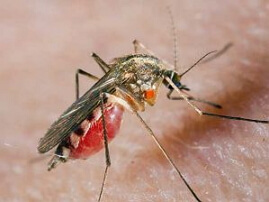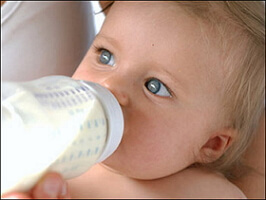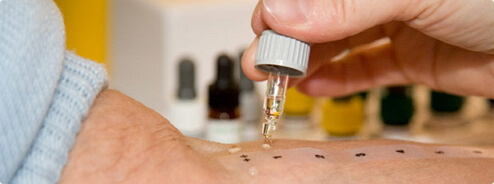Cold allergy: symptoms, causes and methods of treatment
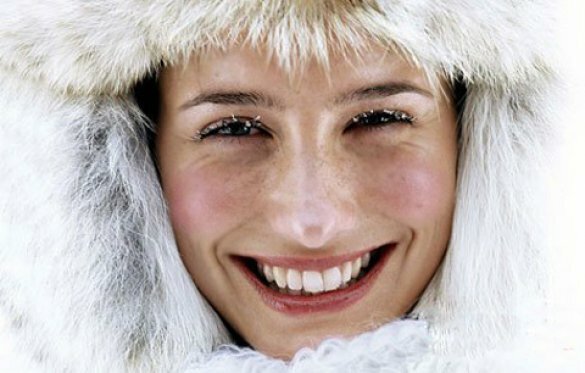 Cold allergy is one of the types of body reactions to unfavorable exogenous factors.The cause of the development of pathology in this case is the effect on the skin receptors of low temperatures.
Cold allergy is one of the types of body reactions to unfavorable exogenous factors.The cause of the development of pathology in this case is the effect on the skin receptors of low temperatures.
Until recently, official medicine did not recognize this diagnosis, since the reaction to cold, unlike "classical" allergy, is not mediated by immunoglobulin E. Now physical factors( including temperature) are ranked as a special group of allergens.
Actually cold allergy is inherently a manifestation of the instability of the membranes of mast cells, as a result of which they degrade with the release of histamine.
Contents: Classification Causes of cold allergy Symptoms of cold allergy Diagnosis Treatment of cold allergiesClassification
According to the classification developed, it is common to distinguish between the following types of cold allergies:
- family;
- reflex;
- primary;
- secondary.
Causes of cold allergy
 Under the influence of cold in people with high sensitivity of the body, irritation of specific temperature receptors occurs and subsequent active release of histamine - the mediator of allergy.
Under the influence of cold in people with high sensitivity of the body, irritation of specific temperature receptors occurs and subsequent active release of histamine - the mediator of allergy.
For hardened people with a high level of immunity, this pathology is usually not diagnosed.It arises in the presence of systemic pathologies, metabolic disorders, as a result of severe stress, etc.
Note: some people react not so much to the cold as to a strong wind.For such a pathology, a burning sensation is characteristic, and not an itch.
Possible etiological factors include:
- Genetically predisposed;
- Pollinosis;
- food allergy;
- pathology of the thyroid gland;
- intestinal dysbiosis;
- weakening of the body after serious diseases;
- some diseases of an infectious genesis( in particular - a rubella, a tuberculosis and a mycoplasmal pneumonia);
- prolonged antibiotic therapy;
- parasitic diseases;
- chronic pathologies( in particular - inflammation of the paranasal sinuses and tonsillitis);
- presence of chronic foci of infection( including with caries of teeth);
- some skin pathologies;
- malignant tumors;
- systemic lupus erythematosus.
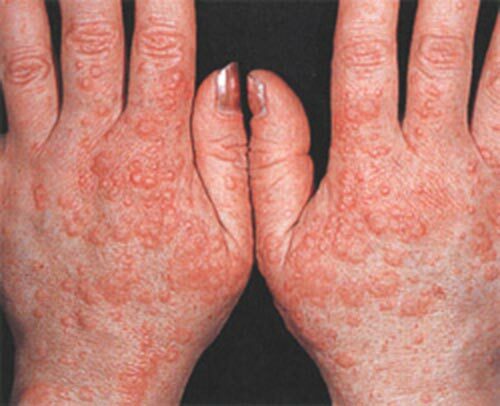 Important: among the likely etiological factors for the onset of cold allergies in children are called helminthic invasions( the presence of parasites such as pinworms or ascarids) and protozoal infections( giardiasis).
Important: among the likely etiological factors for the onset of cold allergies in children are called helminthic invasions( the presence of parasites such as pinworms or ascarids) and protozoal infections( giardiasis). The probability of a pathological reaction to cooling increases with age as the skin ages naturally.
Note: in women this pathology occurs more often during the menopause, as well as in diseases of the reproductive system( for example, ovarian dysfunction), which is associated with a change in the hormonal background.
Direct development of symptoms can be caused by:
- quick exit from a warm room to a cold( in particular - in winter, especially in strong winds);
- reception of cold food( for example - ice-cream) or drinks;
- stay in a draft;
- swimming in open water;
- washing dishes or cleaning using cold water.
Symptoms of cold allergy
For cold allergies, the following clinical manifestations are noted:
- hyperemia of the skin;
- appearance of local edema;
- skin itching( less often - pain);
- allergic rhinitis( nasal congestion);
- general malaise;
- headaches;
- shortness of breath;
- drop in blood pressure( not always);
- allergic conjunctivitis.
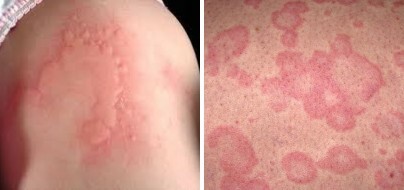 Allergic conjunctivitis is characterized by puffiness of the eyelids, pain in the eyes, pathological sensitivity to bright light and lacrimation.
Allergic conjunctivitis is characterized by puffiness of the eyelids, pain in the eyes, pathological sensitivity to bright light and lacrimation.
Note: cold allergy on the face and hands is more often manifested in the form of urticaria - on the skin there are characteristic primary elements resembling a nettle burn.
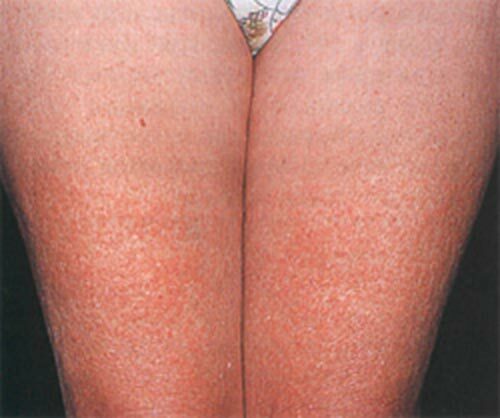 Symptoms can quickly disappear as the cold stops, but in some cases, significant recurrent skin rashes are diagnosed.There are cases when the rash is accompanied by desquamation, ie, there is symptomatology, as with some dermatitis.Sometimes after disappearance of urticaria there are small hematomas.
Symptoms can quickly disappear as the cold stops, but in some cases, significant recurrent skin rashes are diagnosed.There are cases when the rash is accompanied by desquamation, ie, there is symptomatology, as with some dermatitis.Sometimes after disappearance of urticaria there are small hematomas.
Important: rashes with cold allergies in children can appear in the area of the knees, as well as on the inner side of the thighs and lower legs.Primary elements are usually pink or burgundy red and dense.Usually they disappear without a trace in the heat in a few hours.
Diagnostics
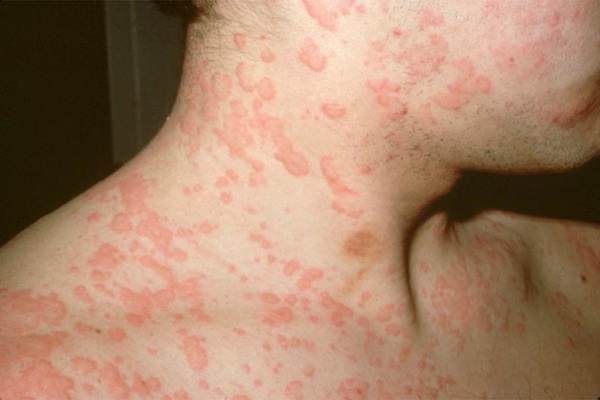 Diagnosis is based on a characteristic clinical picture and clinical and laboratory data.In particular, a cold test is conducted, during which the doctor puts a piece of ice on the skin of the subject for 2-3 minutes.If the patient has a rash - the reaction is considered positive, and the diagnosis - confirmed.
Diagnosis is based on a characteristic clinical picture and clinical and laboratory data.In particular, a cold test is conducted, during which the doctor puts a piece of ice on the skin of the subject for 2-3 minutes.If the patient has a rash - the reaction is considered positive, and the diagnosis - confirmed.
If there is a suspicion of a cold allergy, it is necessary to get a consultation of an allergist specialist.To exclude pathologies with similar symptoms, it may be necessary to examine the ophthalmologist, dermatologist and other specialty physicians.
Important: cold allergy must be differentiated from other varieties of allergic reactions.It is necessary to exclude the reaction to fur and animal hair, perfume and cosmetics.
In children, some of the symptoms of cold allergies may be similar to the clinical manifestations of neurodermatitis and idiopathic dermatosis.
Note: lacrimation is not always a sign of an allergy.Low temperature and strong gusts of wind cause a narrowing of the nasolacrimal canal, so moisture does not enter the nasopharynx, but is released through the edge of the century.
Difficulty breathing in the cold can be a consequence of a bronchospastic reflex, which also has nothing to do with allergies.
Treatment of cold allergies
If the diagnosis is confirmed, the therapy is usually symptomatic, since it is not possible to exclude contact with such a physical factor as cold.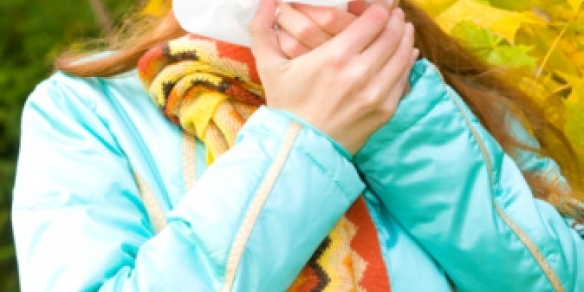
It is recommended to protect the skin reliably from the effects of low temperatures.As a warning of the appearance of cold allergy symptoms, it is advisable to lubricate the facial skin with badger fat or cream before going out to the cold.To protect the lips there is a special hygienic lipstick.
To reduce the severity of symptoms of cold allergies or completely stop them can be through the use of antihistamines.Drugs can only be used as prescribed by the doctor at the recommended doses.
To cope with the disease helps harvest medicinal plants.
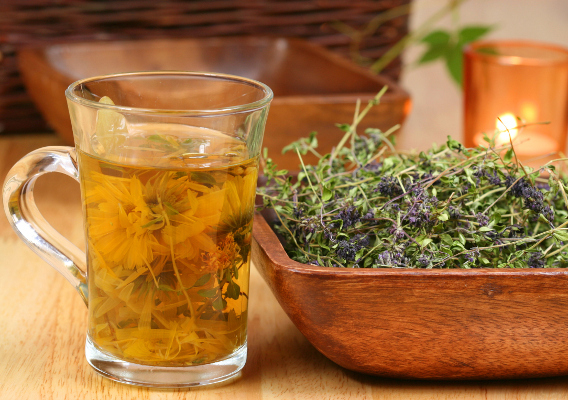 Especially effective in the treatment of cold allergies are walnut leaves, violet flowers and burdock root.From these medicinal plants you need to prepare a decoction.To do this, mix the dried ingredients in equal proportions, pour boiling water( 200 ml), insist for one hour in a tightly closed container and strain.Drink medicinal broth is recommended 3 times a day for 60 ml.
Especially effective in the treatment of cold allergies are walnut leaves, violet flowers and burdock root.From these medicinal plants you need to prepare a decoction.To do this, mix the dried ingredients in equal proportions, pour boiling water( 200 ml), insist for one hour in a tightly closed container and strain.Drink medicinal broth is recommended 3 times a day for 60 ml.
The broth prepared from chopped cones of coniferous trees also helps a lot.
If the manifestations of cold allergies are poorly expressed, then the general strengthening of the body with the help of hardening procedures is shown.Possible reception of immunomodulators and immunostimulants.As the immunity rises, the response to cold usually decreases.
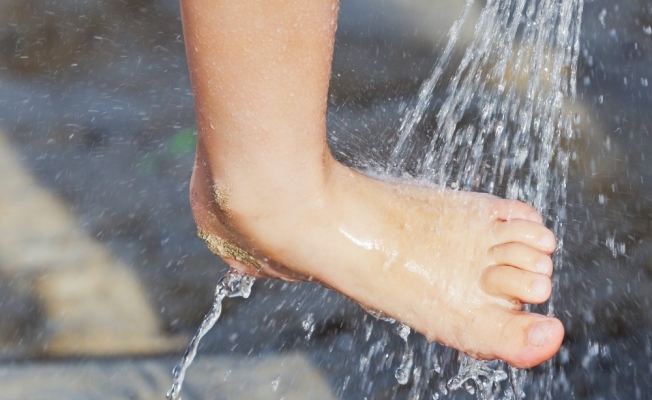 Important: for young children, especially - with pronounced symptoms, hardening by cold rubs is strictly contraindicated.It should be remembered that cold allergies, like other immediate-type hypersensitivity reactions, can provoke life-threatening complications such as Quincke's edema and anaphylactic shock.
Important: for young children, especially - with pronounced symptoms, hardening by cold rubs is strictly contraindicated.It should be remembered that cold allergies, like other immediate-type hypersensitivity reactions, can provoke life-threatening complications such as Quincke's edema and anaphylactic shock.
In the presence of chronic diseases of the digestive tract, when demonstrating compliance with diet with the exclusion of foods that irritate the mucous membranes.It is recommended to consume food with a high content of omega-3 fatty acids.
You can get more information about the symptoms and methods of treating cold allergies in a child by viewing this video review:
Konev Alexander, therapist

